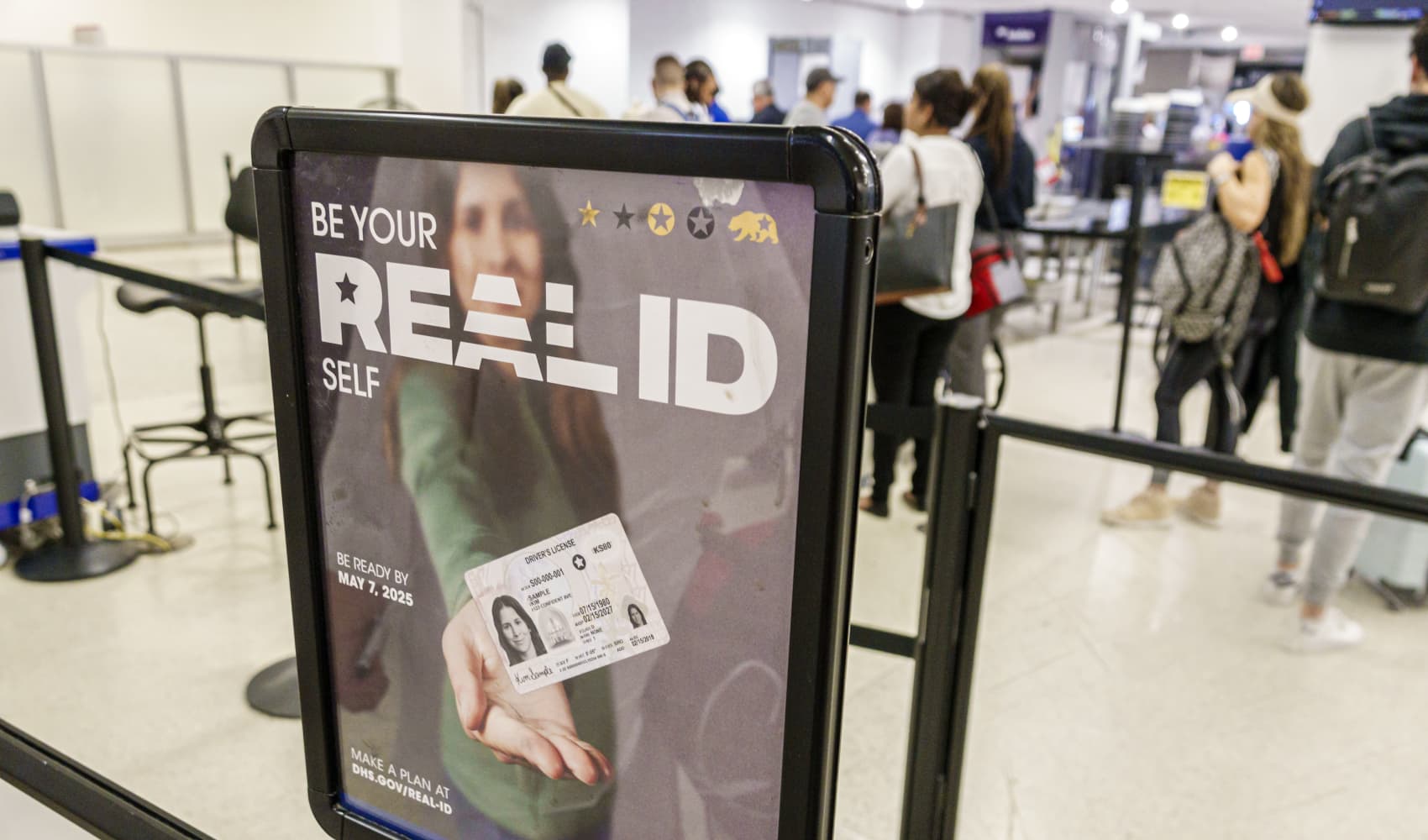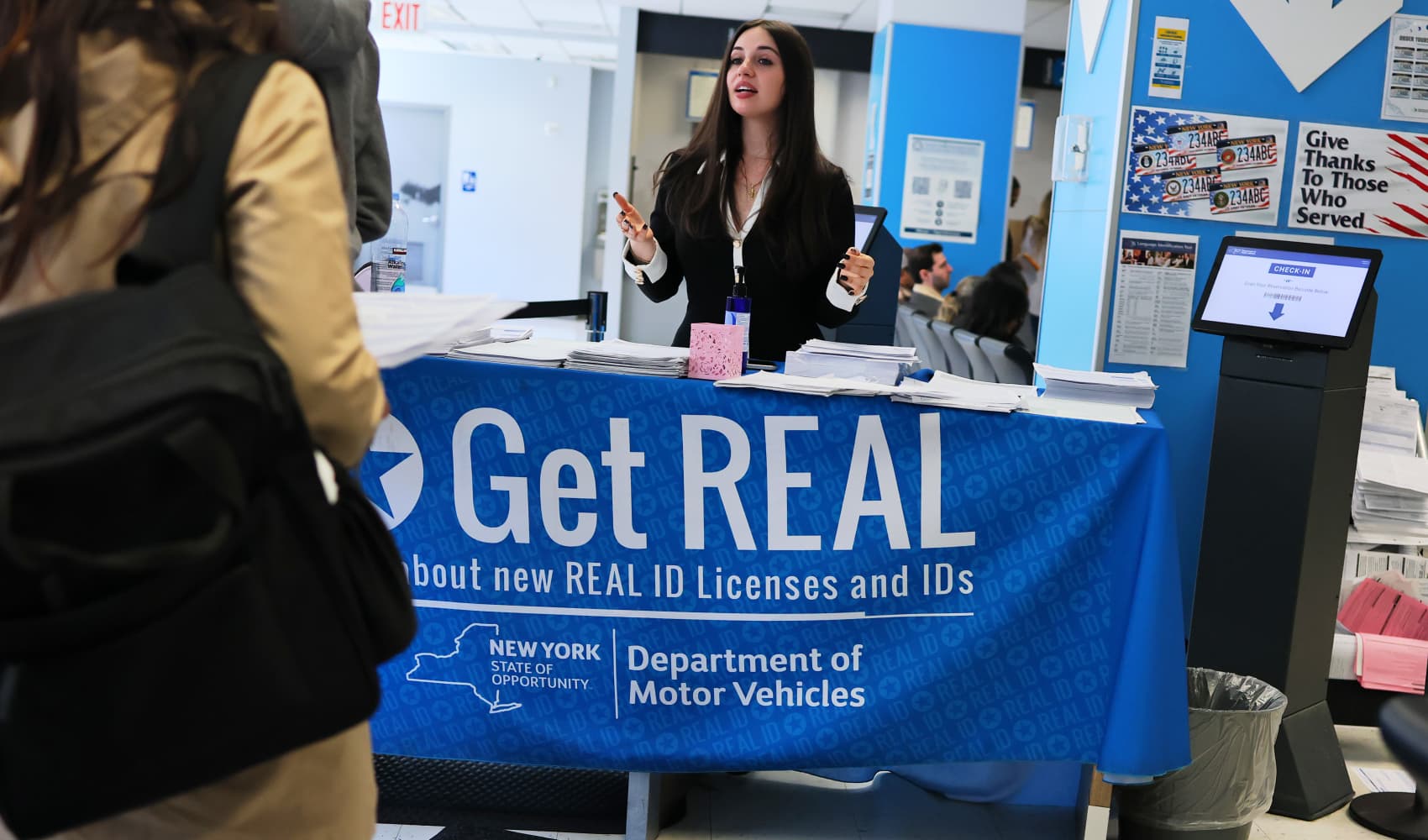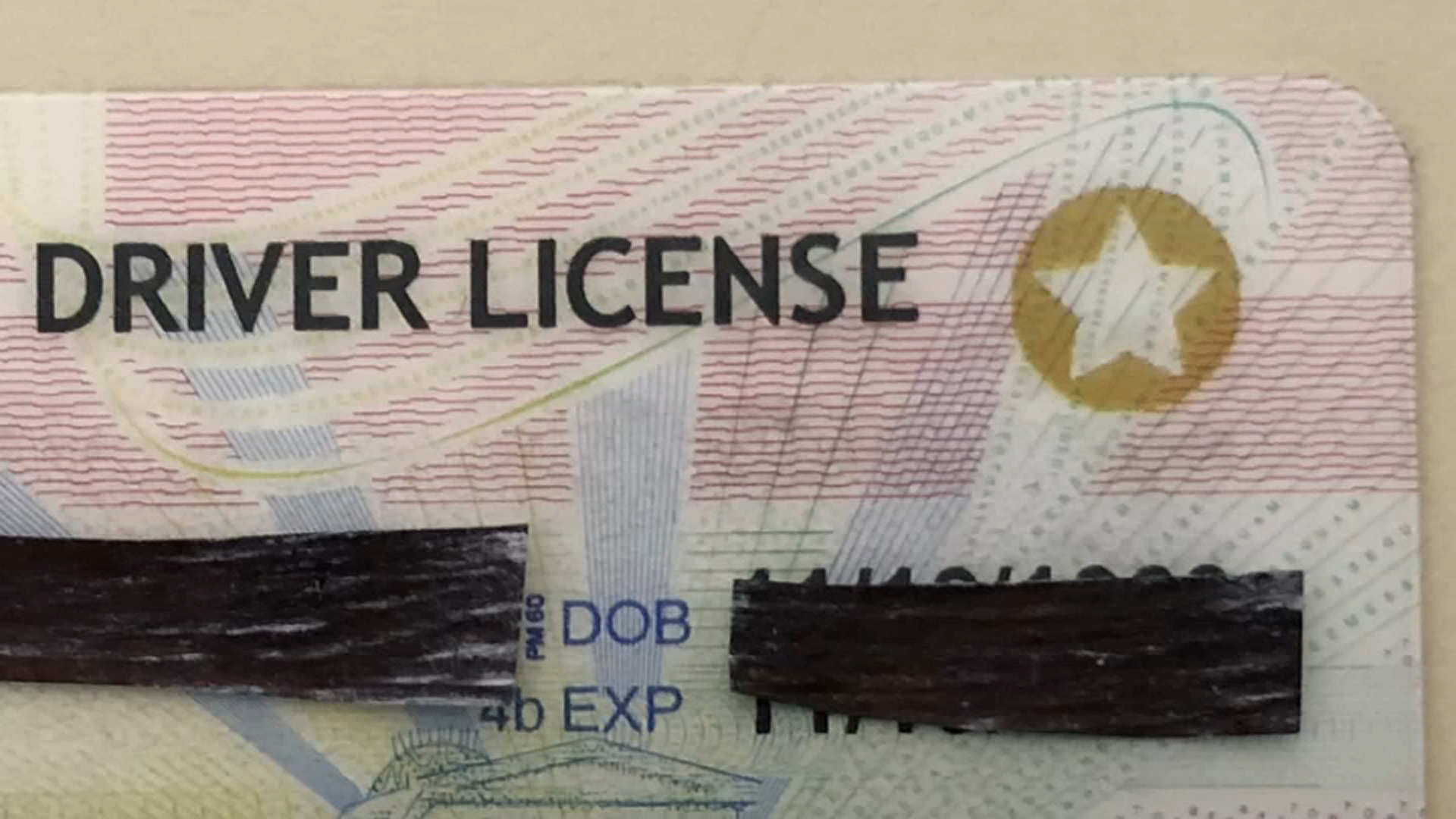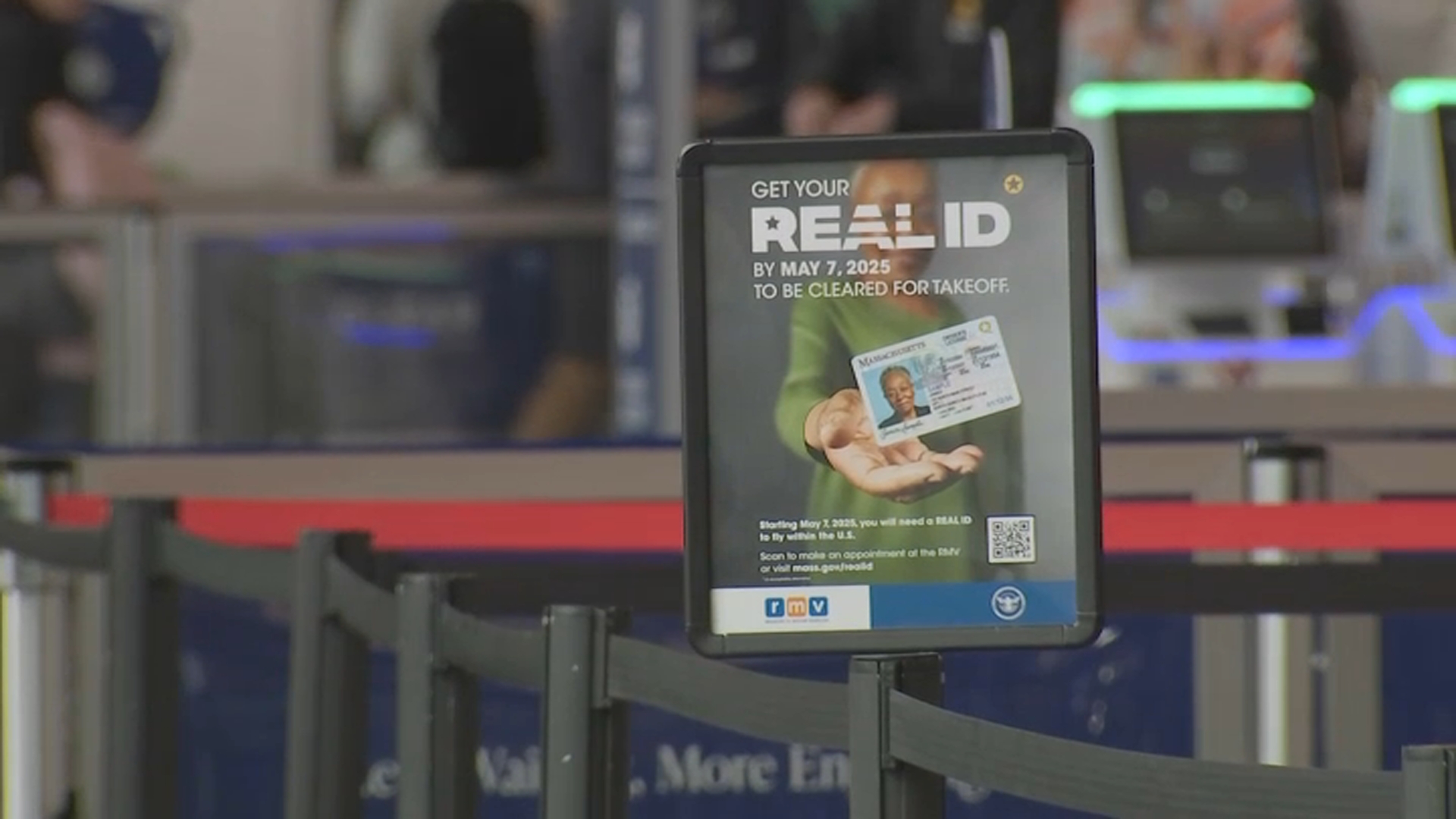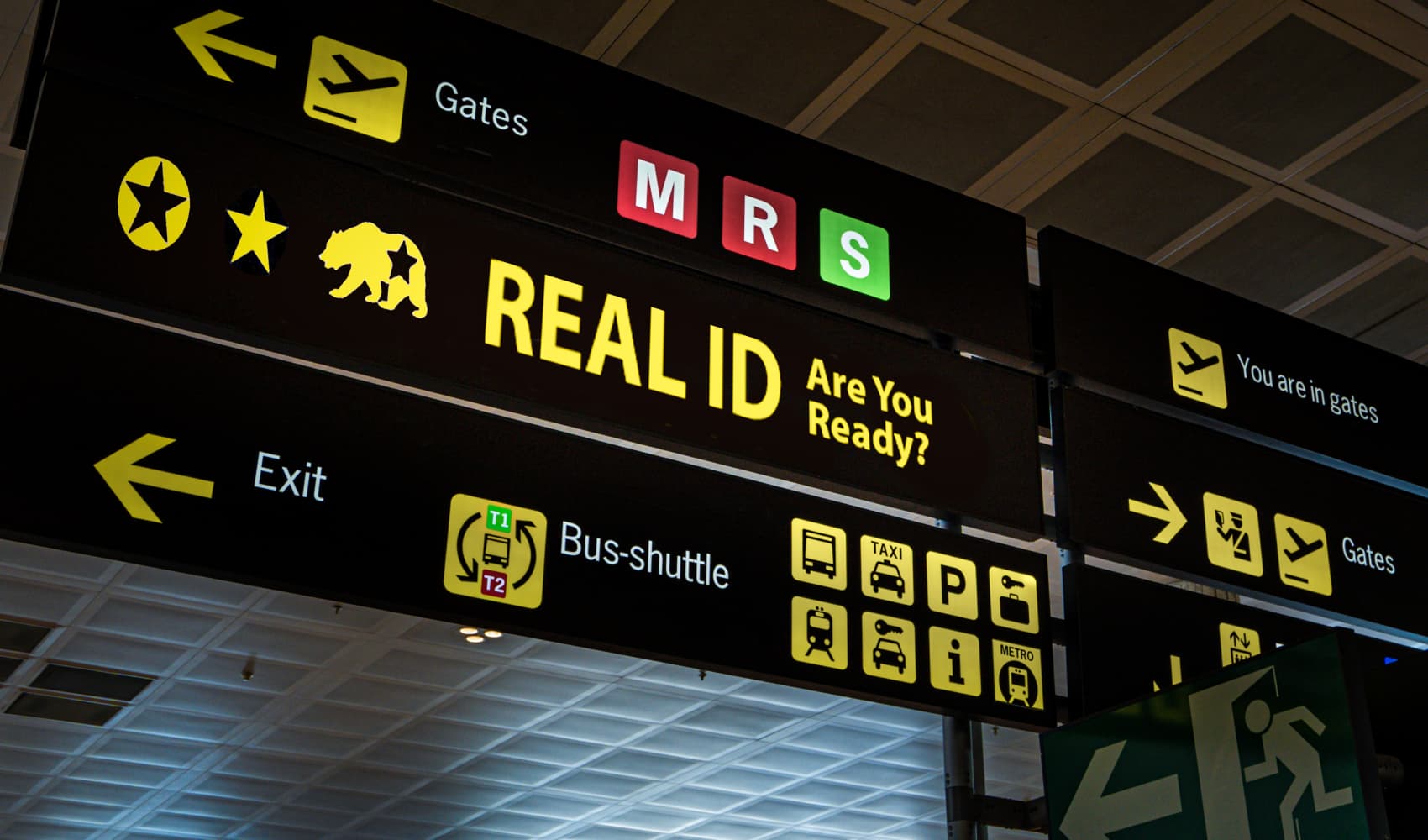Real ID Deadline: Travel Workarounds & Avoid Airport Chaos
Beat the Real ID Rush: Your Guide to Stress-Free Air Travel
Introduction: Are You Ready to Fly? The Real ID Deadline Looms!
May 7th – mark it on your calendar! It's the date the Real ID Act fully goes into effect for air travel within the United States. If you haven't heard the buzz, this means your standard driver's license might not be enough to get you through airport security. Think of it like this: your old ID is like a library card – great for borrowing books, but not so much for jetting off to your next adventure. But don't panic! There are "workarounds," as the experts say, and we're here to break them down for you.
What Exactly IS a Real ID?
So, what's the deal with this Real ID thing anyway? The Real ID card is essentially an upgraded version of your driver's license or state-issued identification card. It's marked with a star (usually gold or black) to indicate that it meets federal security standards. States have been issuing these for years, but now they're becoming mandatory for flying domestically. It's like upgrading from dial-up internet to high-speed – a necessary improvement for security and efficiency.
How Do I Get a Real ID?
Getting a Real ID involves a trip to your state's driver's licensing agency. Be prepared to bring documentation, including proof of identity, social security number, and two documents showing your residential address. Check your state's DMV website for the specific requirements, as they can vary. Is it a hassle? Maybe a little. But think of it as an investment in your future travels!
Uh Oh! I Don't Have a Real ID. Now What?
Okay, so the deadline is looming, and you don't have a Real ID. Don't freak out! The Transportation Security Administration (TSA) isn't trying to ground you forever. There are several acceptable alternatives that you can use to board your flight. Think of them as your "Get Out of Jail Free" cards for air travel.
Your Passport: The Ultimate Travel Ticket
A valid U.S. passport is your golden ticket. It's universally accepted for air travel, both domestically and internationally. If you already have a passport, you're good to go! If not, applying for one is a great long-term solution, even if it's not the quickest fix for the upcoming deadline.
Passport Card vs. Passport Book: Which One Do I Need?
While a passport book is essential for international air travel, a passport card is specifically designed for land and sea travel between the U.S., Canada, Mexico, and the Caribbean. While the passport card is a valid form of federal identification, it CANNOT be used for international air travel. So, if you're thinking about a quick weekend trip to Cancun, stick with the passport book.
Permanent Resident Card: Another Valid Option
If you're a permanent resident of the United States, your Permanent Resident Card (also known as a Green Card) is a perfectly acceptable form of identification for air travel. Make sure it's valid and unexpired. Think of it as your key to unlocking domestic flights.
Trusted Traveler Programs: Your Fast Pass to the Skies
Do you have a Department of Homeland Security (DHS) trusted traveler card, such as Global Entry, TSA PreCheck, SENTRI, or NEXUS? If so, you're in luck! These cards are also accepted forms of identification for air travel. They not only get you through security, but they often come with expedited screening benefits. It’s like having a VIP pass to the airport.
Global Entry: More Than Just Airport Security
Global Entry is more than just a way to breeze through airport security. It also allows you to expedite your entry into the United States when returning from international travel. It's a win-win situation! Applying for Global Entry involves an application fee and an in-person interview. Is it worth it? If you travel internationally frequently, absolutely!
Acceptable Forms of Identification: A Comprehensive List
To make things crystal clear, here's a list of acceptable forms of identification for air travel, even without a Real ID:
- Valid U.S. Passport
- U.S. Passport Card
- Permanent Resident Card (Green Card)
- DHS Trusted Traveler Cards (Global Entry, TSA PreCheck, SENTRI, NEXUS)
- Driver's License or other state photo identity card issued by Department of Motor Vehicles (or equivalent) - Until May 7, 2025
- U.S. military ID
- Foreign government-issued passport
- Airline or airport-issued ID (if issued under TSA-approved security plan)
- Federally recognized, Tribal-issued photo ID
- HSPD-12 PIV card
- Immigration and Naturalization Service Employment Authorization Document (I-766)
- U.S. Merchant Mariner Credential
Important Note: This list is subject to change, so it's always a good idea to check the TSA website for the most up-to-date information before your trip.
What if I Forget My ID Altogether?
Oops! You've arrived at the airport and realized you left your ID at home. Don't panic (again!). The TSA has procedures in place for situations like this. You'll be subject to additional screening, which may include questioning and a pat-down. It's definitely not ideal, so avoid this situation if you can, but it's not the end of the world.
Why is the Real ID Act Important?
The Real ID Act was passed in 2005 in response to the 9/11 terrorist attacks. It establishes minimum security standards for state-issued driver's licenses and identification cards. The goal is to make it more difficult for terrorists and other criminals to obtain fraudulent identification. It's all about enhancing security and making air travel safer for everyone.
The Impact on Travel: What to Expect
With the Real ID deadline approaching, expect to see longer lines at airport security checkpoints. More people will be scrambling to use alternative forms of identification, which could lead to delays. Arrive early to the airport to give yourself plenty of time to get through security. Patience is key!
Alternatives for Children and Teens
Good news! The Real ID requirements primarily affect adults. Children under the age of 18 are generally not required to show identification when traveling domestically with an adult. However, it's always a good idea to check with your airline for their specific policies.
State-by-State Updates: Are You Real ID Compliant?
All states are now issuing Real ID-compliant licenses and identification cards. However, the process of obtaining one can vary from state to state. Check your state's DMV website for specific instructions and requirements. Knowledge is power!
The Future of Travel Identification
As technology advances, we can expect to see even more sophisticated forms of identification for air travel. Biometrics, such as facial recognition and fingerprint scanning, are already being used at some airports. Imagine a future where you can simply walk through security without even needing to show a physical ID. The future is coming!
Conclusion: Don't Get Grounded! Be Prepared
The Real ID deadline is a significant change for air travelers. While it might seem daunting, remember that you have options. A U.S. passport, Permanent Resident Card, or DHS trusted traveler card are all valid alternatives. Don't wait until the last minute to get your documents in order. Be prepared, stay informed, and enjoy your travels!
Frequently Asked Questions (FAQs)
- Q: What happens if my driver's license expired and it's not a Real ID?
A: If your driver's license is expired, it's generally not considered a valid form of identification, Real ID or not. You'll need to use another acceptable form of ID, such as a U.S. passport, or renew your license.
- Q: Can I use a temporary driver's license to fly?
A: Temporary driver's licenses are often not accepted by the TSA, as they may not meet the security requirements. It's best to use a permanent form of identification.
- Q: I have TSA PreCheck. Do I still need a Real ID?
A: Yes, even with TSA PreCheck, you'll need a Real ID (after May 7, 2025) or another acceptable form of identification to fly. TSA PreCheck expedites the screening process, but it doesn't replace the need for proper identification.
- Q: Will the Real ID requirement be extended again?
A: While there have been past extensions, there are no current indications that the May 7, 2025, deadline will be extended again. It's best to prepare as if the deadline is firm.
- Q: I'm flying internationally. Does the Real ID requirement apply to me?
A: No, the Real ID requirement only applies to domestic flights within the United States. For international flights, you'll need a valid U.S. passport.

